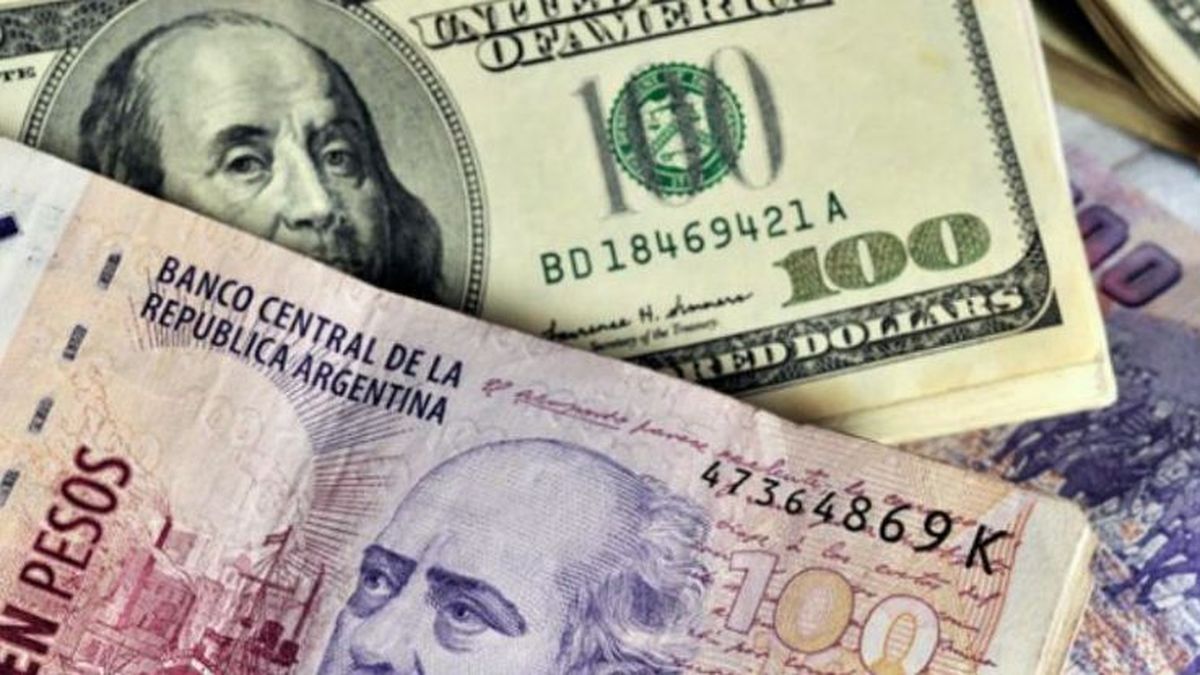There are investors who now prefer to stay in pesos in high liquidity environments. In any case, some are beginning to see that it is a good time to hedge with dollarized instruments.
In the midst of an electoral context where the results seem unpredictable a little less than a month before the elections, the Investors try to protect themselves from the impact of inflation or a possible new devaluation. But, in addition, many prefer to be in a high liquidity environment; That is, being able to have your money immediately. This is why at the end of the third week of September the funds Money Market, came to represent 52.2% of the total.
The content you want to access is exclusive to subscribers.
According to data from the administrator MegaQm, as of last Friday the 22nd, The total FCI industry managed $15,202 billion, of which $7,935 billion corresponded to the Money Market. It is highlighted that since the month began, they received $650,000 million, Some of it came from other types of less liquid funds, but the majority, about $466 billion, is new money. Those that lost were the fixed income FCIs, which went from representing 29.2% of the total to 27.6%. Currently this class manages $4,194 billion. Only in the week that was from the 15th of this month to the 22nd, the money markets received $296,000 million.


The point for the market now is to determine whether the time for do a portfolio reformulation. It is clear that this preference for high liquidity in pesos is explained by the fact that the Government promised to keep the exchange rate unchanged until October, or until after the elections. But the operators have a horizon of 80 days, after an eventual runoff that would define how the history of the Argentine economy would continue in 2024. There, things are not so clear. It is thought that the Government may not hold the exchange rate for so long. The Central Bank’s multilateral real exchange rate data, for example, indicate that the margin that the devaluation gave to the dollar is being closed again by inflation. In this scenario, many believe that the Ministry of Economy and the Central Bank will not be able to sustain a new delay in the exchange rate and widening of the gap.
“The question is how the market behaves as the different dates approach.” in which changes in exchange rate policy may occur. These turning points could be the general elections, a possible second round or finally the date of inauguration of the new government,” says the administrator. She claims that “The PASO experience made it clear that, in terms of exchange coverage, the best results were obtained by investors who took ‘exchange insurance’ well in advance.. And he concludes that “although there are still almost 80 days left until the inauguration of a new government, the calendar is beginning to approach quickly, with the general elections within 30 days and an eventual second round of elections 4 weeks later.”
The report suggests that “in an economy in which there is still a strong existence of pesos, we believe that this market dynamic of recent weeks “It has generated a window of opportunity to take on exchange coverage at a low cost.”
Source: Ambito




